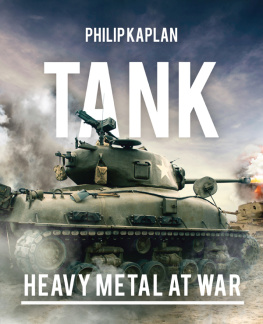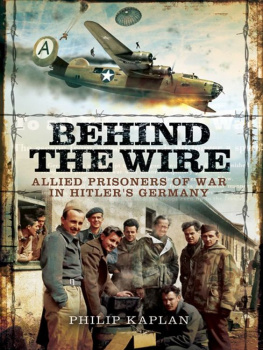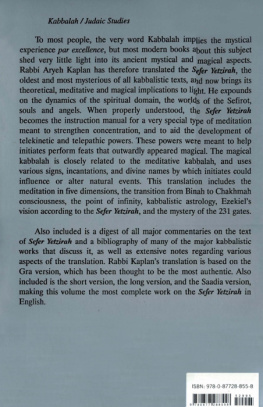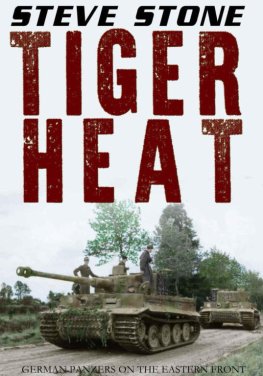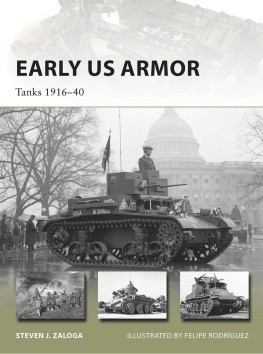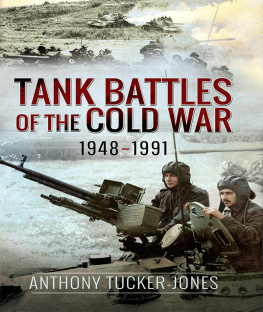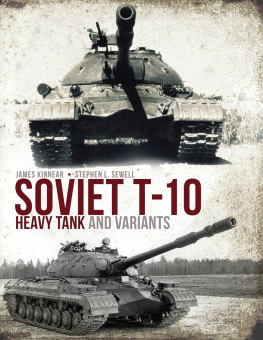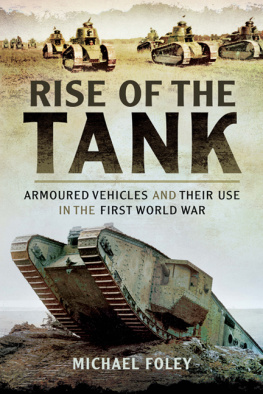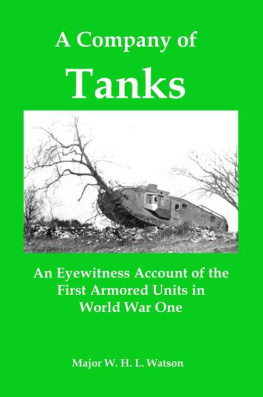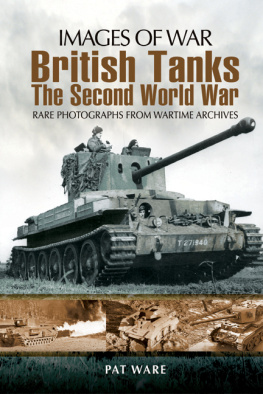Copyright 2003, 2016 by Philip Kaplan
All rights reserved. No part of this book may be reproduced in any manner without the express written consent of the publisher, except in the case of brief excerpts in critical reviews or articles. All inquiries should be addressed to Skyhorse Publishing, 307 West 36th Street, 11th Floor, New York, NY 10018.
Skyhorse Publishing books may be purchased in bulk at special discounts for sales promotion, corporate gifts, fund-raising, or educational purposes. Special editions can also be created to specifications. For details, contact the Special Sales Department, Skyhorse Publishing, 307 West 36th Street, 11th Floor, New York, NY 10018 or .
Skyhorse and Skyhorse Publishing are registered trademarks of Skyhorse Publishing, Inc., a Delaware corporation.
Visit our website at www.skyhorsepublishing.com.
10 9 8 7 6 5 4 3 2 1
Library of Congress Cataloging-in-Publication Data is available on file.
Cover design by Rain Saukas
Front cover photo: iStock
Back cover photographs courtesy of Philip Kaplan
Previously published as Chariots of Fire
Print ISBN: 978-1-5107-0260-8
Ebook ISBN: 978-1-5107-0261-5
Printed in China


CONTENTS



TRAVELLING FORTRESS

She was defined as an enclosed, heavily armored combat vehicle mounted with cannon and guns and movable on caterpillar treads. She was and is the tank.
Mechanized land warfare began with the chariot, the predecessor of the armored car; whose ancestry is much older than that of the tank. Like the tank, the early chariot was operated as a military vehicle by a team or crew consisting of a driver, a bowman who could also hurl a javelin when necessary, and a shield bearer to afford some protection for the others. Archaeologists in Russia have established that Bronze Age warriors in Central Asia used chariots as mobile platforms from which they shot arrows and threw javelins at their enemies.
The Hyksos, a little-known warrior race from the region now called Kurdistan, are thought to be the first to have fought using chariots of war. They moved into northern Egypt in 1700 BC to establish a 400-year dynasty with the key to their success being their chariot-based mobile striking force. Eventually, however, they were displaced by a more powerful force, the Egyptian army. The great armies of the Pharaoh Thutmose III in 1479 BC, of the Assyrian army in the ninth century BC, and of King Solomon in c. 972-931 were all renowned for their might and the capability of their chariot war units.
It was Cyrus, King of Persia in the sixth century BC, who was credited with the development of the chariot into a first-class fighting vehicle. His long-axled, two-man design was strong and more resistant to overturning than any previous chariot. The axles were mounted with protruding scythes and its horses protected by armor. His chariot was light and extremely fast. And there was also a much larger, wagon-like version which featured a tower-mounted battering ram and had capacity for twenty men. Cyrus believed his forerunner of the tank to have good battlefield potential.
When Alexander the Great invaded India in 327 BC he encountered the forces of the rajah Porus and a battle line of 200 large and powerful elephants. The massive beasts had been made more menacing by the attachment of swords to their trunks and lances to either side of their bodies. These elephants were employed as infantry tanks to break the enemy lines and enable supporting cavalry to get through to the opposing forces. A howdah, or fighting cage, was mounted on the back of each animal and carried up to four fighting men. Undoubtedly, the sight of these huge living tanks terrified the opposing army and its horses. Alexander was so greatly impressed with the power and presence of the elephants in that military context that he acquired a large number of them for his own force.
The military commander Hannibal is the best-known proponent of elephants in a primary combat role, using them very effectively until his ultimate defeat in battle. At Zama in 202 BC, his Roman opponent Scipio outsmarted him. Hannibal had planned on using his eighty armed elephants in a massive, frightening charge to breach the Roman center, but as the beasts neared the Roman line, the blare of many horns and trumpets rose from the Roman side. Hannibals elephants were at first bewildered and then terrified. In panic they turned away and retreated through Hannibals own soldiers. As Alexander had been intrigued by the possibilities the animals seemed to offer in a combat role, so too were the Romans who soon were to incorporate them into their armies, employing them for the next 200 years.

Sumerian chariots and spearmen of the worlds first organized army;

Albert Stern championed development of the first British tank;
When the legions of Julius Caesar arrived in what they were referring to as Brittania in 55 BC, they ran into a rude welcome of spear attacks by men in light chariots. According to the Roman leader, the British charioteers drove across the battlefield at great speed, hurling javelins at their enemies from a distance. The attacks caused confusion and disorganization among the Roman ranks. Then the British javelin throwers dismounted to attack their enemies on foot. The chariot drivers meanwhile continued on and then brought their horses to a halt facing away from the action and ready to carry off their comrades in a rapid getaway should it be necessary. These attacks took a high toll of the Romans in both battle casualties and psychologically. It is thought by some that this demoralizing effect may have led to Caesars withdrawal from Britain. However, the use of chariots in such roles was, by this time, in decline. Warring societies had concluded that armed soldiers on horseback were of greater value. In all probability, the concept of a man on horseback to gain an intelligence advantage on the battlefield long predates the military use of the chariot. The mounted rider had a height advantage for increased observational capability as well as the speed to approach and escape from enemy forces. As the development of body armor for warriors on the battlefield progressed, their horses were being bred to take a more refined role in combat, and the perceived value of the chariot declined. The horse-mounted cavalry soldier had now become an armys means of breaking the ranks of opposing infantry forces. In the fourteenth century, however, came the development of firearms, and the function of the cavalry horse in providing mobility for the fighting man was on the way out. Overloaded as both the animal and rider had become with the increasingly heavier armor needed for their protection against the shot from guns, the horse was soon unable to carry his rider efficiently.

